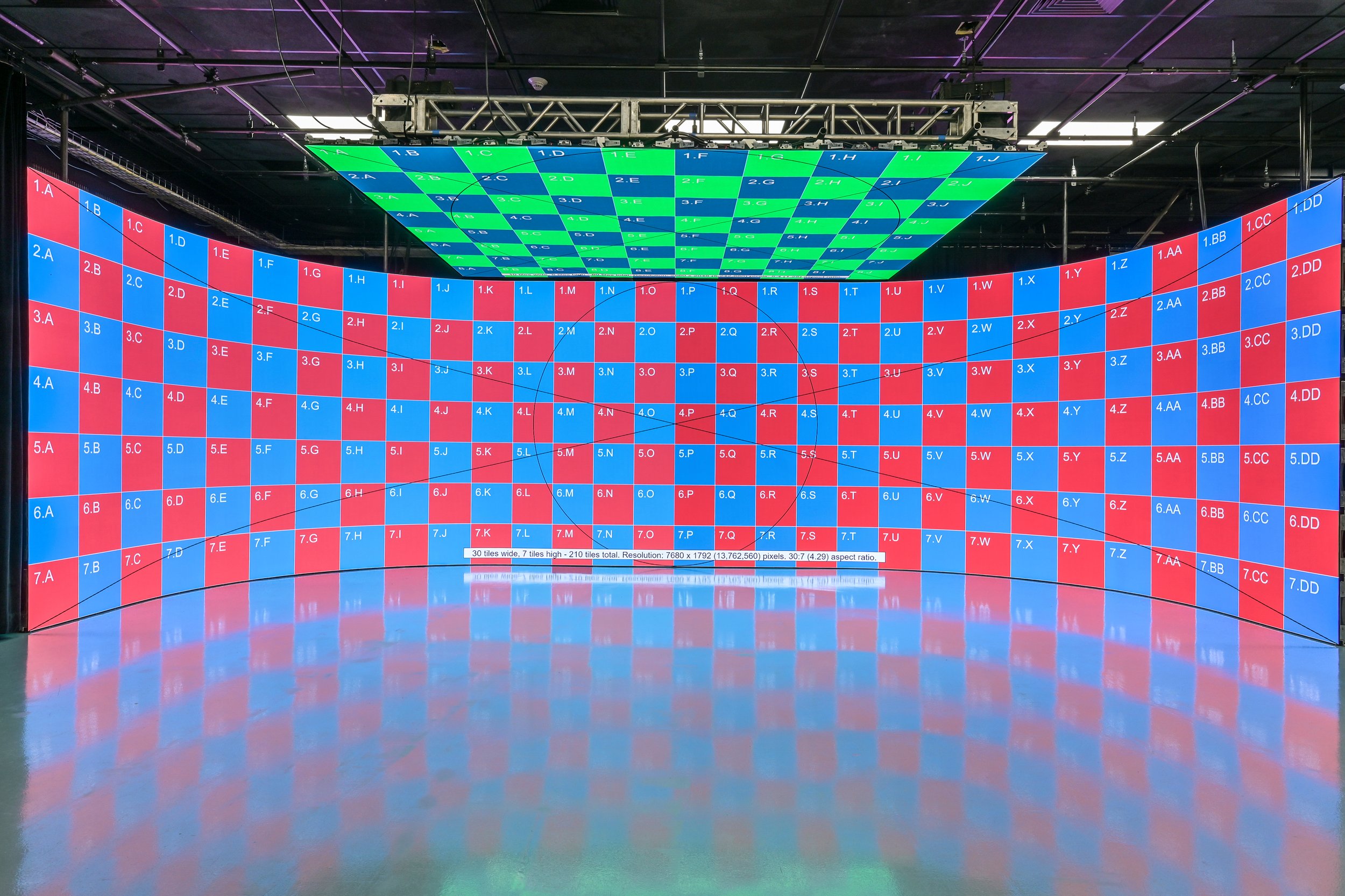Investigating the Longevity of LED Display Panels in Contrast to Traditional Display Technologies
Investigating the Longevity of LED Display Panels in Contrast to Traditional Display Technologies
Blog Article
LED wall panels have grown progressively popular in recent times, particularly in environments like schools, businesses, and public areas. These screens use LED lights (LEDs) to produce bright and vibrant images. One of the most significant advantages of LED technology is its durability in contrast to traditional screen technologies, such as cathode tube tubes (CRTs) and liquid display screens. Understanding the distinctions in lifespan and performance between these technologies can help buyers make informed decisions about their display requirements.
Classic display methods, like CRTs, have been present for many decades. They were frequently used in televisions and PC screens. However, CRTs have a shorter duration, generally lasting around 10,000 to 20,000 hrs of use. This means that after a couple of years, users may observe a deterioration in picture quality, such as fading or color distortion. In comparison, LED wall panels can last considerably longer, often exceeding 50,000 hours. This prolonged duration means that users can enjoy reliable performance without the need for regular substitutions.
Another important factor to take into account is energy efficiency. LED panel panels consume less energy than traditional displays, which not only benefits the environment but also reduces electricity expenses. For instance, while a CRT screen may use approximately 100 watts of energy, an LED panel can consume as little as 30 to 50 W. This difference in power usage adds to the top article overall durability of LED technology, as lower energy usage generates minimal heat. Excess heat can damage electronic parts, resulting to a shorter duration for conventional screens.
In addition to their extended lifespan and power efficiency, LED panel panels also offer enhanced visual clarity. They offer brighter hues and better contrast, making them ideal for multiple uses, from marketing to educational presentations. The innovation behind LED screens enables for a wider viewing perspective, meaning that visuals stay clear and vibrant even when viewed from the flank. This is a major benefit over traditional displays, which often experience from hue deformation and reduced brightness at broader perspectives.
In summary, the durability of LED wall panels compared to conventional screen methods is a key aspect for consumers to take into account. With lifespans that can exceed 50,000 hours, power conservation, and enhanced visual clarity, LED technology offers many benefits. As technology continues to advance, LED panel screens are probably to turn even more common in various settings. Understanding these differences can help people and entities make improved decisions when purchasing in screen technology, ensuring they receive the best value for their requirements.